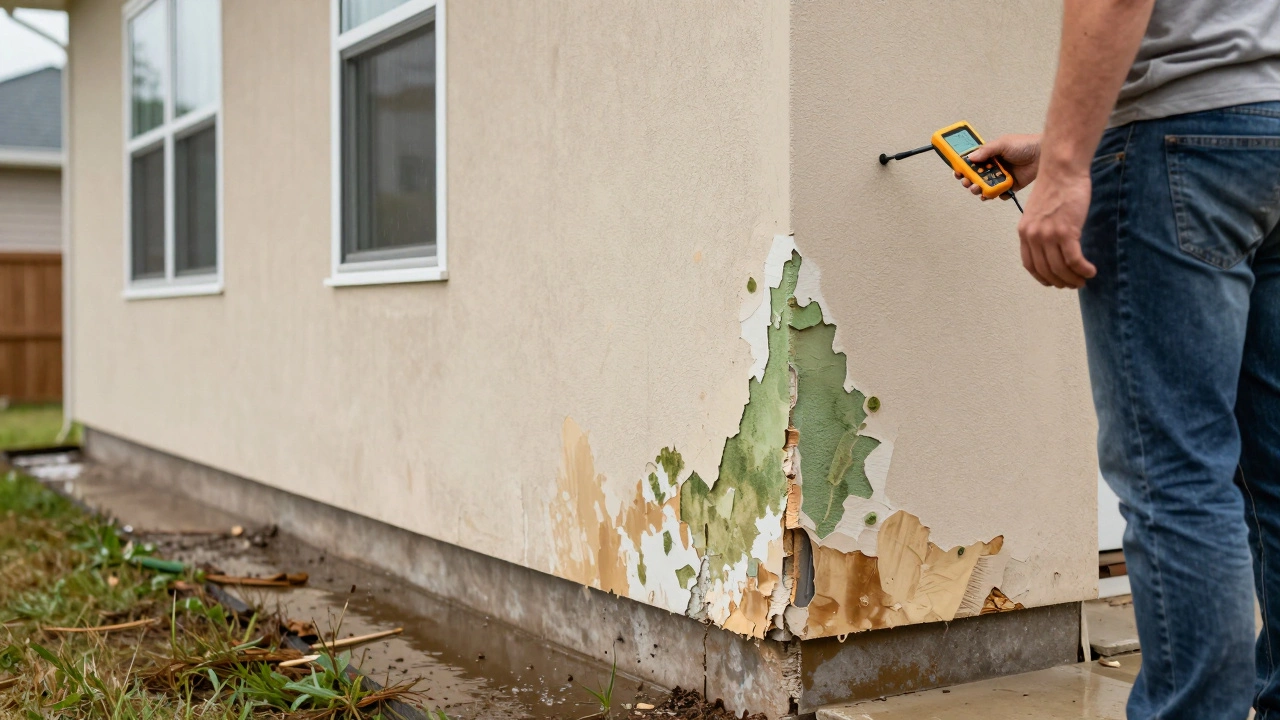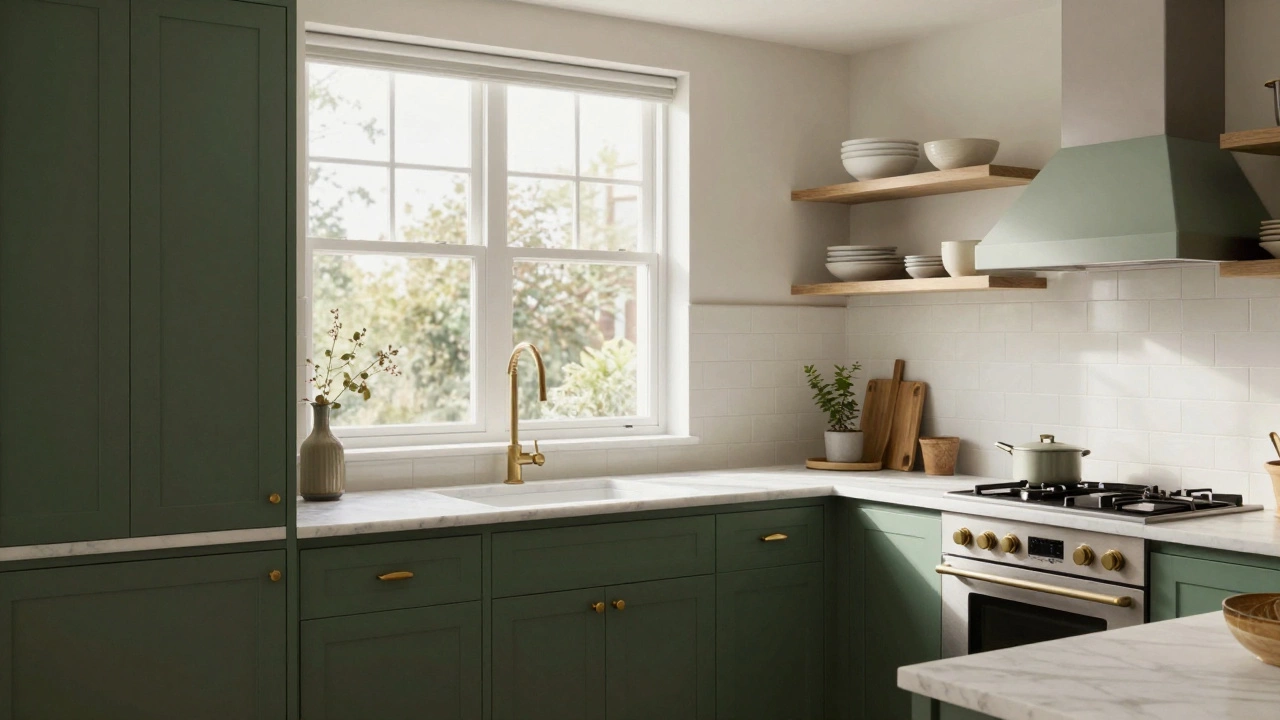Home Flooring Costs: What Drives Your Budget?
When planning a renovation, understanding home flooring costs, the total expense of selecting, purchasing, and installing floor coverings in a residential setting. Also known as flooring expenses, it combines material price, labor, preparation work and any finishing touches. The same figure also depends on flooring materials, the type of product you choose such as engineered oak, luxury vinyl plank or waterproof hybrid, the installation methods, whether you DIY, use click‑lock planks or hire a specialist for glued‑down layers, and the overall budget planning, the process of estimating all costs and allocating funds across rooms. These three pillars create the core of any flooring project, and they shape how much you’ll spend in each living area.
Key Factors That Shape Home Flooring Costs
First, the choice of flooring materials sets a baseline price. Natural matte wood often commands a premium for grain quality and finish, while waterproof hybrid or luxury vinyl plank (LVP) offers a lower cost per square metre and higher moisture resistance. Second, room-specific flooring, the decision to use different floor types in living rooms, kitchens or bathrooms can either raise or lower the total spend. For instance, using the same material throughout an open‑plan home simplifies ordering and can reduce waste, yet a wet‑area like a bathroom may benefit from a cheaper, water‑proof option, saving money in the long run. Third, the installation methods play a huge role: click‑lock systems are DIY‑friendly and cut labor costs, whereas glued‑down installations demand professional expertise and higher labor rates. Finally, budgeting isn’t just about the headline number; it includes hidden costs such as sub‑floor preparation, underlay, and finishing trims. Ignoring these can turn a well‑planned project into a surprise expense. By mapping each of these elements, you can predict how changes in one area ripple through the overall cost.
With those building blocks in mind, the articles below walk you through real‑world scenarios: from quick DIY flooring ideas that keep expenses low, to an analysis of whether a single flooring type across the house makes sense, and a look at the latest 2025 trends in living‑room flooring. You’ll find tips on estimating square footage, comparing material durability, and weighing the trade‑offs between aesthetic goals and budget limits. Whether you’re a first‑time homeowner or revisiting an older project, this collection equips you with the knowledge to keep your flooring spend transparent, realistic, and aligned with your design vision.






